Can Donkey-Hide Gelatin Cake Be Stored in the Refrigerator? A Comprehensive Guide to Preserving This Traditional Chinese Delicacy**
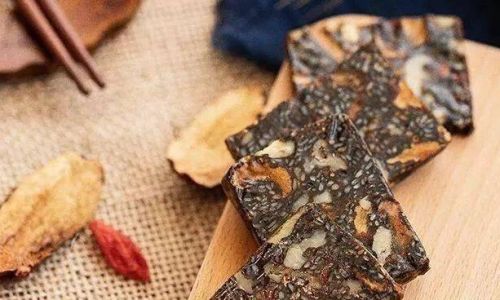
Donkey-hide gelatin cake, known as ejiao cake or 阿胶糕 in Chinese, is a cherished traditional snack with roots in ancient Chinese medicine and cuisine. Prized for its purported health benefits, including nourishing the blood, enhancing skin health, and boosting vitality, this confection combines donkey-hide gelatin with ingredients like nuts, seeds, and sweeteners. As its popularity grows globally, questions about proper storage—particularly refrigeration—have become increasingly common. This article explores the science, cultural practices, and practical considerations surrounding the storage of donkey-hide gelatin cake, offering a detailed guide to preserving its quality, texture, and potency.
The Composition and Properties of Donkey-Hide Gelatin Cake
To understand storage requirements, one must first grasp the ingredients and structure of donkey-hide gelatin cake. The primary component is donkey-hide gelatin, a collagen-rich substance derived from boiling donkey hides. This gelatin is blended with supplementary ingredients such as black sesame seeds, walnuts, jujube dates, goji berries, and rock sugar, then solidified into a chewy, dense cake.
The cake’s texture is semi-solid, with a balance of moisture and dryness. Its composition includes proteins, fats, sugars, and trace minerals, making it both nutritious and perishable. The gelatin’s hygroscopic nature—its ability to absorb moisture from the environment—is critical to storage decisions. Excessive moisture can lead to spoilage, while too little may cause the cake to harden and lose its characteristic chewiness.
The Role of Refrigeration in Food Preservation
Refrigeration slows microbial growth and enzymatic reactions by lowering temperatures, thereby extending the shelf life of perishable goods. For many foods, refrigeration is a default preservation method. However, the suitability of refrigeration for donkey-hide gelatin cake depends on balancing these benefits against potential drawbacks.
Advantages of Refrigerating Donkey-Hide Gelatin Cake
-
Extended Shelf Life: At room temperature, especially in humid climates, donkey-hide gelatin cake may begin to spoil within weeks due to mold or bacterial activity. Refrigeration can double or triple its shelf life, depending on packaging.
-
Preservation of Texture: Cool temperatures slow the oxidation of fats and the breakdown of proteins, helping maintain the cake’s soft, chewy consistency.
-
Prevention of Rancidity: The nuts and seeds in the cake contain oils that can turn rancid when exposed to heat and light. Refrigeration mitigates this risk.
Disadvantages of Refrigerating Donkey-Hide Gelatin Cake

-
Moisture Absorption: Refrigerators are humid environments. Without proper packaging, the cake may absorb excess moisture, leading to a sticky surface, mold growth, or a gritty texture.
-
Odor Absorption: The porous structure of donkey-hide gelatin cake can absorb odors from other foods in the refrigerator, altering its flavor.
-
Temperature Fluctuations: Frequent opening of the refrigerator door causes temperature changes, which may accelerate condensation and spoilage.
Optimal Refrigeration Practices
To maximize the benefits of refrigeration while minimizing risks, follow these steps:
-
Airtight Packaging: Wrap the cake tightly in parchment paper or plastic wrap to create a moisture barrier. Place it in a sealed container or resealable bag to prevent odor absorption.
-
Layered Storage: If storing multiple pieces, separate them with wax paper to prevent sticking.
-
Cooling Before Refrigeration: Allow freshly made or opened cake to cool to room temperature before refrigerating to avoid condensation.
-
Strategic Placement: Store the cake in the main compartment of the refrigerator, away from the door (where temperatures fluctuate most) and from strong-smelling items like onions or cheese.
Alternative Storage Methods
While refrigeration is effective, it is not the only option. Traditional and modern alternatives cater to different needs and environments.
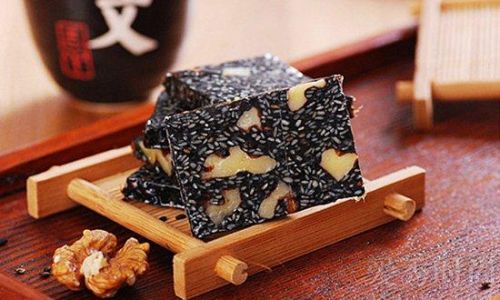
Room Temperature Storage
In cool, dry climates (below 75°F/24°C with low humidity), donkey-hide gelatin cake can be stored at room temperature for several weeks. Key considerations:
- Darkness: Use opaque containers to protect the cake from light, which degrades nutrients and accelerates spoilage.
- Ventilation: Avoid airtight containers, as they trap moisture. Instead, use breathable materials like cotton bags or ceramic jars with loose-fitting lids.
- Monitoring: Regularly check for signs of spoilage, such as mold, off-odors, or texture changes.
Freezing
Freezing is ideal for long-term storage (up to six months). However, freezing alters texture, making the cake harder and slightly crumbly upon thawing. To freeze:
- Slice and Wrap: Divide the cake into portions. Wrap each in plastic wrap, then foil. Place in freezer bags.
- Thawing: Transfer to the refrigerator 24 hours before consumption to minimize condensation.
Vacuum Sealing
Vacuum-sealed packages remove oxygen, inhibiting microbial growth and oxidation. This method extends shelf life at room temperature or in the refrigerator. However, vacuum sealing requires specialized equipment and may compress the cake, affecting texture.
Desiccant Use
In humid environments, place silica gel packets (non-toxic, food-safe) in the storage container to absorb excess moisture. Replace packets every few months.
Shelf Life: A Comparative Analysis
The storage method significantly impacts shelf life. Below is a general guideline, though variations may occur based on ingredients and environmental conditions:
| Storage Method | Shelf Life (Unopened) | Shelf Life (Opened) |
|---|---|---|
| Room Temperature | 2–4 weeks | 1–2 weeks |
| Refrigerated | 3–6 months | 1–2 months |
| Frozen | 6–12 months | 3–6 months |
| Vacuum-Sealed | 6–12 months | 3–6 months |
Signs of Spoilage: When to Discard Donkey-Hide Gelatin Cake
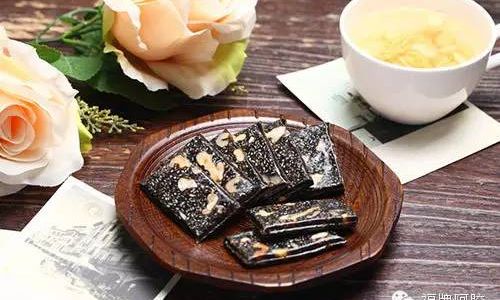
Regardless of storage method, always inspect the cake before consumption:
- Visual Cues: Mold (fuzzy spots in green, white, or black), discoloration, or excessive oil separation.
- Texture Changes: Unusually soft, sticky, or brittle patches.
- Odor: Sour, fermented, or musty smells.
- Taste: A bitter, acidic, or otherwise “off” flavor.
Cultural Perspectives on Storage
Traditional Chinese medicine (TCM) often emphasizes preserving the qi (vital energy) of ingredients. Ancient texts recommend storing ejiao in ceramic jars in cool, dry cellars, away from sunlight and strong odors. Modern TCM practitioners generally endorse refrigeration for convenience, provided the cake is properly sealed to prevent moisture ingress.
Debunking Myths About Donkey-Hide Gelatin Cake Storage
Myth 1: Refrigeration Destroys Nutritional Value
While refrigeration slows nutrient degradation, it does not significantly alter the cake’s nutritional profile. However, prolonged freezing may reduce vitamin C levels slightly.
Myth 2: Donkey-Hide Gelatin Cake Can Be Stored Indefinitely
No perishable food lasts forever. Even refrigerated or frozen cake will eventually spoil due to enzyme activity or freezer burn.
Myth 3: All Donkey-Hide Gelatin Cakes Require the Same Storage
Commercial cakes often contain preservatives (e.g., citric acid, sorbic acid), extending shelf life compared to homemade varieties. Always check packaging labels for manufacturer recommendations.
Creative Uses for Stale Donkey-Hide Gelatin Cake
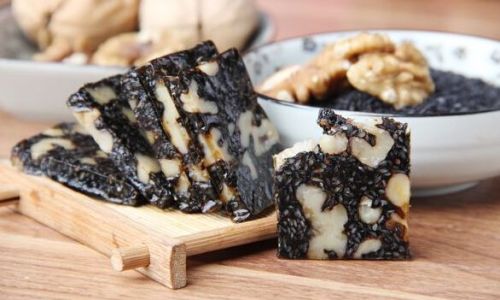
If your cake has dried out or lost its chewiness, repurpose it creatively:
- Grind into Powder: Blend stale cake into a fine powder. Mix into smoothies, oatmeal, or yogurt for a nutritional boost.
- Infuse in Tea: Steep small pieces in hot water to create a nourishing herbal tea.
- Bake into Treats: Chop the cake and fold it into cookies, energy bars, or granola for added texture and sweetness.
- Make a Skin Mask: Crush the cake into a paste, mix with honey, and apply topically for a moisturizing facial treatment (a traditional TCM practice).
Expert Recommendations
We consulted TCM practitioners, food scientists, and commercial manufacturers for their insights:
- Dr. Li Wei (TCM Specialist): “Refrigeration is acceptable for short-term storage, but avoid freezing, as it disrupts the cake’s yang energy. Always wrap it in parchment to maintain its purity.”
- Dr. Elena Chen (Food Scientist): “The hygroscopic nature of gelatin makes moisture control critical. Vacuum sealing combined with refrigeration offers the best balance of convenience and preservation.”
- Zhi Yuan Herbal Company: “Our cakes are formulated with mild preservatives. Store in a cool, dry place or refrigerate for up to six months. Avoid humidity above 60%.”
Conclusion: Striking the Right Balance
The decision to refrigerate donkey-hide gelatin cake hinges on climate, usage frequency, and personal preference. Refrigeration excels in humid or warm environments, extending shelf life while preserving texture and potency. However, it demands meticulous packaging to prevent moisture and odor issues. For dry climates or short-term storage, room temperature methods suffice. Regardless of the method, regular inspection and adherence to hygiene practices are paramount.
By understanding the interplay of ingredients, environment, and storage techniques, enthusiasts can savor the timeless benefits of donkey-hide gelatin cake for months to come. Whether you opt for the modern convenience of refrigeration or the traditional wisdom of ceramic jars, the key lies in respecting the delicate balance of moisture, temperature, and time—a philosophy as enduring as the cake itself.
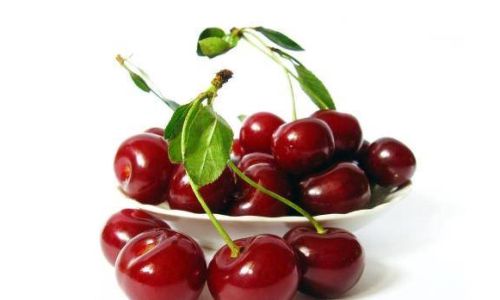

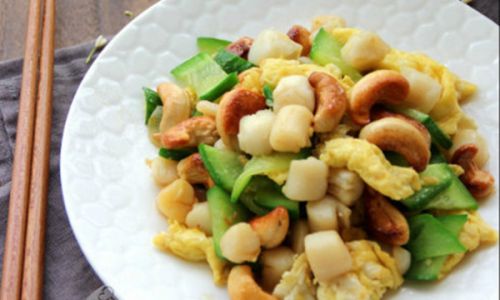
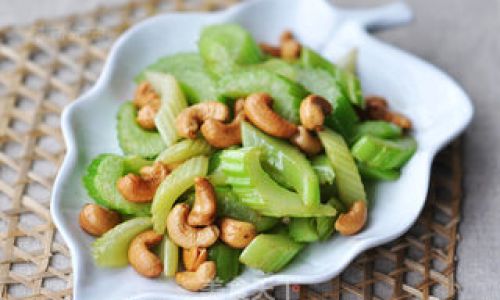
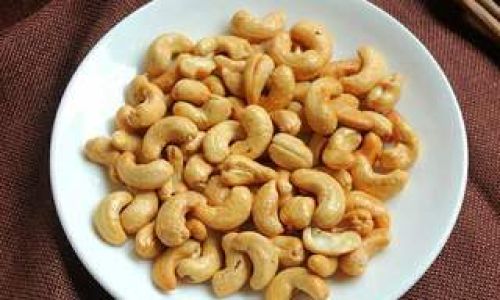
0 comments